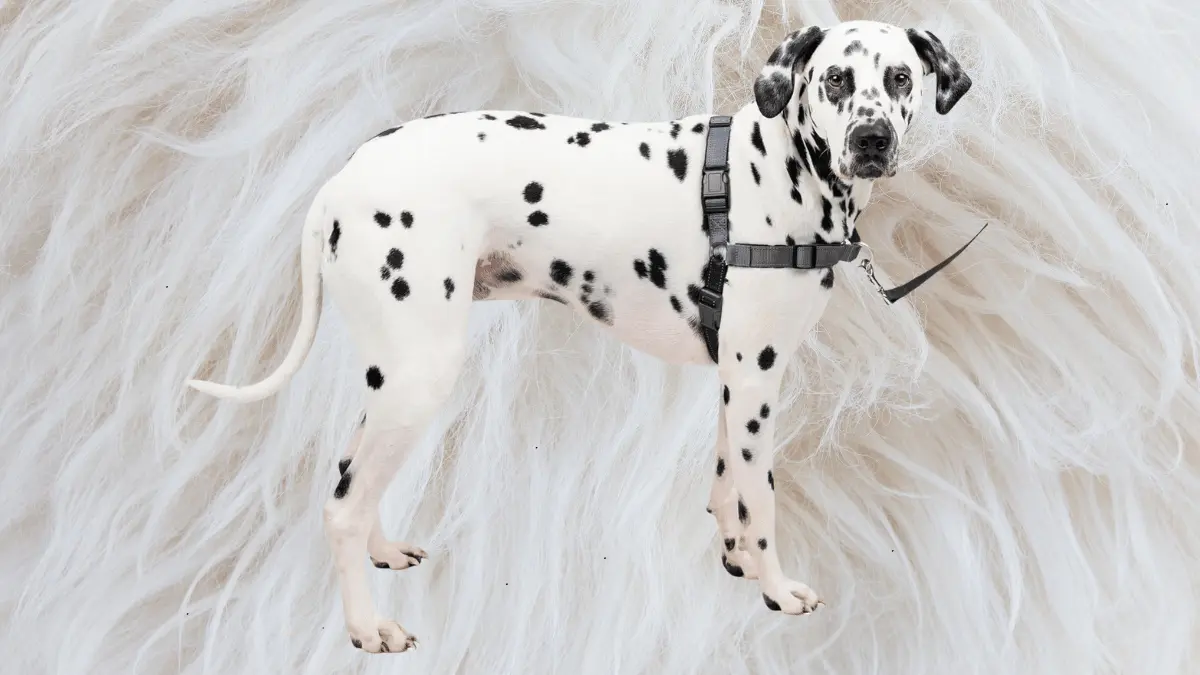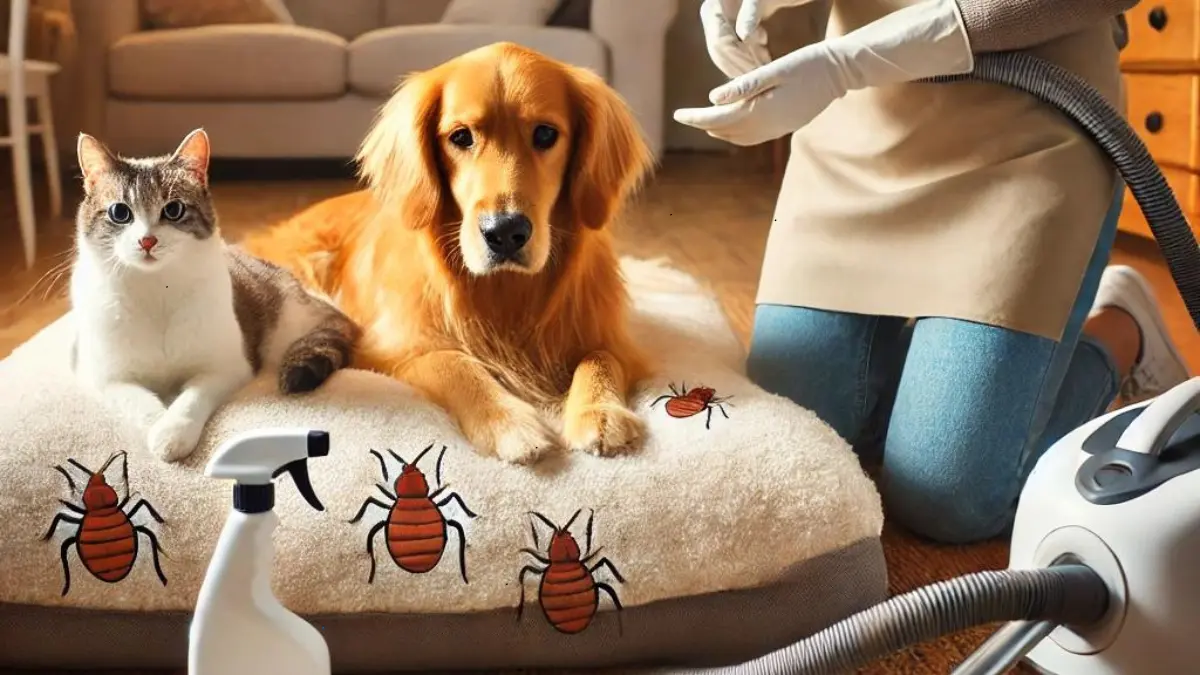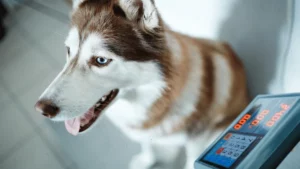What to Do if Your Dog Has a Lump
Have you ever detected a lump or mass on your dog? If so, there’s no need to panic – most lumps don’t even harm dogs, and are actually pretty common in older animals. Even if you think the lump is benign, you should always take your dog to a veterinarian for confirmation. If it turns out to be harmless, you’ll have peace of mind. If the vet recommends a next step like a biopsy or treatment options, your dog will be in a better position for a speedy recovery because you acted quickly.
The National Service Animal Registry says when most people hear about lumps on dogs, their first thought is “it’s a tumor” – but there are many other kinds of lumps. If you’re wondering what type of lump your dog might have, the information below could help you understand what’s going on.
Lump Signs and Symptoms
- Irritation or itching around the lump
- Discoloration of the skin
- Swelling in the tissues around the lump
- Limping (if swelling from the lump has affected a nearby joint or bone)
- Swollen lymph nodes
- Indications of pain while the dog is eating
What kind of lump could it be?
Any lump can be categorized as either a skin growth, an oral growth, or a tumor. Below are the most common types in each category:
Skin growths
- Hives: These are caused by an allergic reaction, and will appear as inflamed and itchy bumps on the dog’s skin.
- Apocrine Cysts: This is essentially the canine version of pimples, as they appear when skin glands are obstructed.
- Abscesses: These will sometimes appear when an infection takes root on or under the skin, usually following an injury that results in broken skin. The lump is the result of a buildup of pus and blood, and is pretty painful for the dog.
- Reactions at an injection site: Some dogs react to shots by developing a knot at the point where the shot was administered. They typically aren’t painful, and disappear on their own within a week or so.
- Hematomas: These usually appear following a disease or traumatic injury, and are characterized by swelling and concentrated bleeding just below the skin. Hematomas are painful; while they usually disappear as the injury heals, getting a vet’s input is always a good idea.
Oral Growths
- Epulis: This can appear as warts, and usually forms around a specific tooth. It’s usually benign, but sometimes it can become malignant; it’s best not to wait and see what happens before going to the vet.
- Gingival Hyperplasia: This is a benign overgrowth of gum tissue, and may or may not cause discomfort; it will look like the dog’s gums are swollen, or have grown too big for the teeth.
- Papillomas: Caused by the papillomavirus, these warts appear on a dog’s face or inside their mouth. They’re usually painless and always benign, but they’re also easy to spread from one dog to another.
- Squamous Cell Carcinoma: As you may already be able to tell from the name, this is definitely cancerous, and definitely malignant. It usually looks like a raised lump of tissue or a white mass in the dog’s mouth.
- Oral Melanoma: This is another kind of malignant tumor, and it’s the most common type to find in dogs. They’re usually characterized by lesions on the dog’s gums, and could turn black over time.
Tumors
- Lipomas: These are benign masses that are made up of fat, and are most likely to appear on the front of the dog’s legs, on its chest, or on its abdomen – especially if the animal is overweight.
- Histiocytomas: These masses are most likely to affect younger dogs, especially on their legs, ears, or heads. They’re dome-shaped, hard, small, and completely benign, and usually disappear without treatment.
- Sebaceous Gland Hyperplasia: This is what happens when a dog’s sebum glands grow too fast. They look like warts, are benign, and will appear on the animal’s eyelids, torso, or legs.
- Malignant Skin Tumors: The name says it all – don’t delay a trip to the vet’s office if you start seeing noticeable sores that refuse to go away. There are several kinds of malignant skin tumors, the most common being mast cell tumors.
Diagnosis and Treatment
Once your dog is at the vet’s office, it will undergo an initial physical examination. For masses that have only been apparent for a couple of days, the vet will probably suggest a period of observation. If there’s any cause for concern, a sample could be taken from the mass for further testing. This testing is done by a veterinary pathologist, in order to confirm the presence of malignant cells.
If your dog ends up getting a cancer diagnosis, more tests could be necessary to formulate the best treatment plan. Just because there’s no cure doesn’t mean a cancer diagnosis is the end of the line for your dog; if you can catch the mass early and begin treatment immediately, your dog might make a complete recovery.
Preventative Measures
According to the National Service Animal Registry, a yearly visit to the veterinarian is a great way to catch mysterious lumps, but an even better way is to keep an eye out for yourself. If a lump is malignant, early detection is key for their chances of recovery. Even if your dog just has a benign lump or a short-term infection, catching it before it has a chance to progress will improve the dog’s overall quality of life.
You don’t have to “play doctor” in order to detect lumps. Pretty much all of them will be obvious if you maintain a regular, thorough grooming routine, and look out for other symptoms like indications of physical pain. In addition to consistent grooming, your dog would also benefit from a nutritious diet that’s high in fatty acids – these keep the animal’s skin and coat healthy. Physical activity is also important, as it strengthens both their immune systems and their bodies.
Early detection means early treatment, and that could make all the difference in the outcome. If you’re prepared with the right information beforehand, you’ll be ready to act the moment you realize that your dog needs some extra care.














